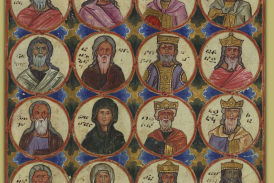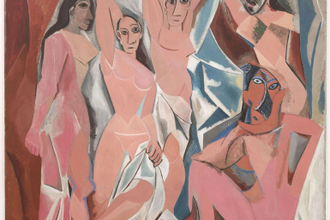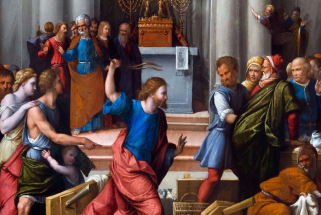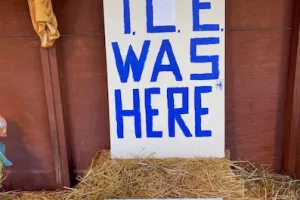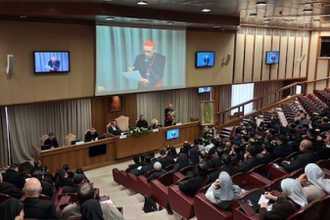Gospel in Art: Saint Charles Borromeo, Bishop
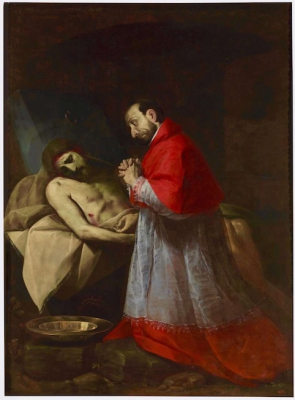
Meditating on the Dead Christ, by Giovanni Battista Crespi, il Cerano 1610 © Prado Museum, Madrid
Source: Christian Art
Gospel of 4 November 2024
Luke 14:12-14
Jesus said to his host, one of the leading Pharisees, 'When you give a lunch or a dinner, do not ask your friends, brothers, relations or rich neighbours, for fear they repay your courtesy by inviting you in return. No; when you have a party, invite the poor, the crippled, the lame, the blind; that they cannot pay you back means that you are fortunate, because repayment will be made to you when the virtuous rise again.'
Reflection on the painting
Today we celebrate Saint Charles Borromeo (1538-1584), Archbishop of Milan and Cardinal. Alongside St Ignatius of Loyola and St Philip Neri, he was a key figure in the Counter-Reformation, working to address the challenges posed by the Protestant Reformation. As part of this mission, Charles spearheaded major reforms within the Catholic Church, including the establishment of seminaries dedicated to the education and formation of priests. His deep appreciation for the arts led him to harness their power as a tool for evangelisation, in response against the Reformation.
The Reformation, particularly in its more radical branches, moved away from the use of religious art. Protestant reformers like Martin Luther and especially John Calvin were critical of the Catholic Church's emphasis on religious images and the veneration of saints. They believed that such practices could lead to idolatry and distract from the direct worship of God. As a result, many Protestant churches removed religious art from their spaces, stripping their interiors of paintings, statues, and other iconography that were common in Catholic worship. This shift was especially evident in Calvinist regions, where iconoclasm - the deliberate destruction of religious imagery - became widespread, as they sought to purify the church of any perceived misuse of images.
In response, the Catholic Church, as part of the Counter-Reformation, not only retained its use of religious art but elevated its importance. The Council of Trent (1545-1563) affirmed the value of sacred art as a means to inspire devotion, educate the faithful, and glorify God. Charles Borromeo was at the forefront of viewing art as a powerful tool for promoting the faith, and helped give birth to the whole era of Baroque art.
Charles Borromeo's spirituality was heavily influenced by the Spiritual Exercises of Saint Ignatius Loyola. These exercises encouraged the faithful to reflect on images of Christ's Passion and meditating on the dead Christ, as depicted in our painting here by Crespi. But for now, I want to leave you with a prayer by Saint Charles:
Almighty God, you have generously made known to man the mysteries of your life through Jesus Christ your Son in the Holy Spirit. Enlighten my mind to know these mysteries which your Church treasures and teaches.
Move my heart to love them and my will to live in accord with them.
Give me the ability to teach this Faith to others without pride, without ostentation, and without personal gain.
Let me realise that I am simply your instrument for bringing others to the knowledge of the wonderful things you have done for all your creatures. Help me to be faithful to this task that you have entrusted to me.
Amen.
LINKS
Gospel in Art: https://christian.art/
Today's Reflection: https://christian.art/daily-gospel-reading/luke-14-12-14-2024/



